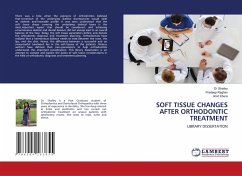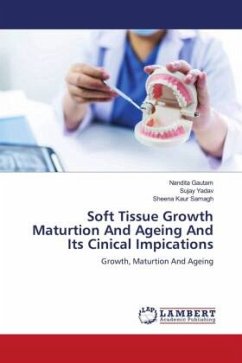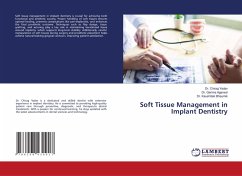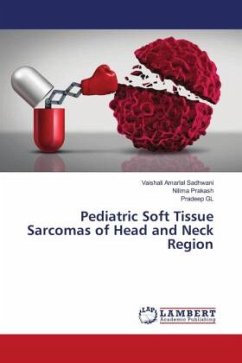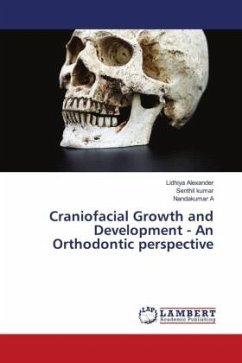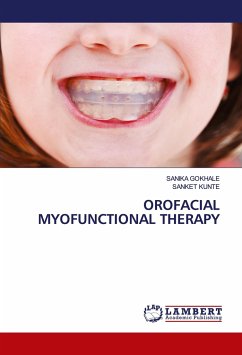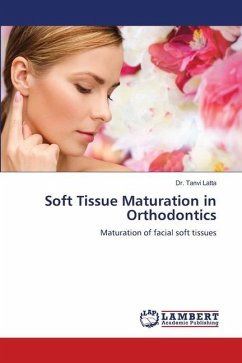
Soft Tissue Maturation in Orthodontics
Maturation of facial soft tissues
Versandkostenfrei!
Versandfertig in 6-10 Tagen
40,99 €
inkl. MwSt.

PAYBACK Punkte
20 °P sammeln!
Harmonious facial esthetics and optimal functional occlusion have long been recognized as the two most important goals of orthodontic treatment. To accomplish some of these goals, a knowledge of the normal craniofacial growth as well as the effects of orthodontic treatment on the soft tissue profile is essential. Recent advances in orthognathic surgery have greatly increased the ability of the orthodontist, in cooperation with the maxillofacial surgeon, to balance the nose, lip, and chin relationships. Hence, studying about soft tissues is very important for orthodontists before making final d...
Harmonious facial esthetics and optimal functional occlusion have long been recognized as the two most important goals of orthodontic treatment. To accomplish some of these goals, a knowledge of the normal craniofacial growth as well as the effects of orthodontic treatment on the soft tissue profile is essential. Recent advances in orthognathic surgery have greatly increased the ability of the orthodontist, in cooperation with the maxillofacial surgeon, to balance the nose, lip, and chin relationships. Hence, studying about soft tissues is very important for orthodontists before making final diagnosis and tabulating a treatment plan.




